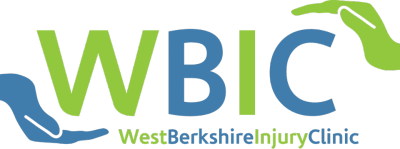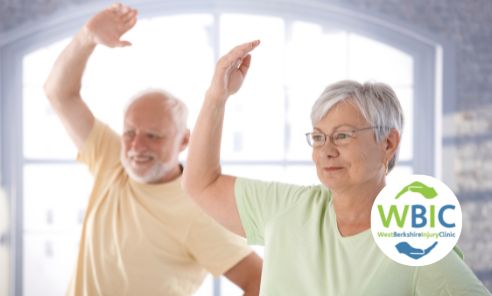It may surprise you to learn that, on average, adults over 65 spend 10 hours a day sitting or lying down. They are the most sedentary age group, and this inactivity could result in them paying a high price. Research suggests that lack of exercise for the over 65s results in higher rates of falls, obesity, heart disease, and early death compared to the general population.
As you get older, it becomes even more important to remain active. Staying healthy helps you maintain your independence. If you do not stay active, all the things you’ve always enjoyed doing and taken for granted may start to become that little bit harder.
The Benefits Effects of Exercise for over 65s
Recent evidence suggests that regular exercise can reduce the risk of falling in older adults. It’s that simple. There are lots of ways you can get active, and it’s not just about exercising. Aiming for 150 minutes of activity a week seems to be the sweet spot – that’s only around 20 minutes a day!
There is also strong evidence that people who are active have a lower risk of:-
- heart disease,
- stroke,
- type 2 diabetes,
- depression and
- dementia.
What Kind Of Exercise Should You Do If You’re Over 65?
One way of achieving 150 minutes of activity is to do 30 minutes on at least 5 days a week. Examples of moderate-intensity aerobic activities include:
- walking fast
- water aerobics
- riding a bike on level ground or with few hills
- playing doubles tennis
- pushing a lawn mower
What you do will depend on your own circumstances. But, as a guiding principle, it’s a good idea to do activities you enjoy. If you’re already active, you may find it useful to know that 75 minutes of vigorous activity over a week is as beneficial as 150 minutes of moderate activity.
Don’t Know Where To Start?
The biggest benefits of exercise for over 65s comes to those who start from scratch. It’s moving from a sedentary lifestyle to a moderately active one that makes the biggest difference to your health.
This is where we can help. Book a consultation and we will assess your current fitness levels, then provide guidance on an exercise plan to start you off.
Remember – the more you do, the greater the health benefits.

